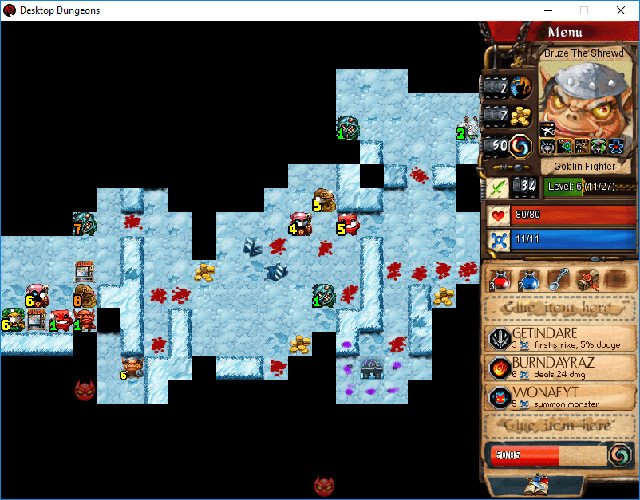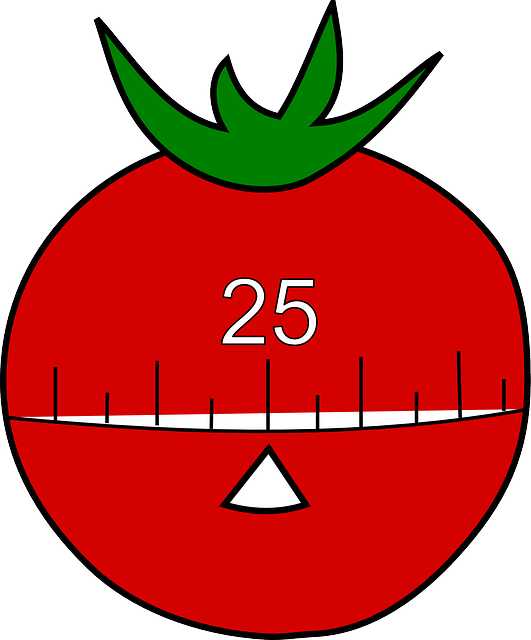Can Using the Pomodoro Technique Make You More Productive?

It has been a while since I last made a post in this productivity series. The Pomodoro Technique, created by Francesco Cirillo, has been around for a long time. I have been using the basic to boost my writing productivity for more than a year. But I knew there was more to it than I was using. So I put off writing this post until I read Cirillo's book, "The Pomodoro Technique."
Would the rest of the technique be as useful as the part I already use? Here is what I learned:
As a writer, I need to sit my butt down in my chair and put words on paper. On big projects, I need to be in front of the computer for many hours every day. I need to be able to crank out lots of coherent, interesting content the whole time.
But I am vulnerable to getting into a kind of trance when writing. I may sit down at my desk and start writing. When I look up again, I discover that 3 or 4 hours have gone by, and I haven't moved from my chair. I've been spinning out content like a mad man.
However...
While I can be in a writing trance or flow for hours, I can't maintain full concentration during that time. While the quantity of words on the page keeps growing, after a while, the quality of the writing suffers. I need to take breaks once in a while to stay productive.
I've tried taking breaks when I feel that my quality is dropping, but it is hard to do it on your own. It takes attention away from the work. In the back of my mind I am constantly worrying at it ("Is my writing still good? Is it time for a break? Should I push myself just a little longer? Would this be a good day to go out for a pizza?").
Plus, when I do pull away, it is easy to get sidetracked, and start doing something else. I tell myself I will play 10 minutes of Desktop Dungeons or something similar, then get back to work.

It is easy to get sidetracked when you control your own work breaks.
Two hours later, the guilt finally drives me back to the work I was supposed to be doing. Clearly, I need some external power to impose worktime discipline on me!
Enter the Pomodoro Technique
While looking for a solution, I kept seeing mentions of the Pomodoro Technique. At first, it seemed ridiculous to me. Get a tomato-shaped timer and magically become more productive. Yeah, right!

Tomato timer to the rescue!
Even so, I kept reading about people who swore by their little tomato timers. So I decided to give the technique a try.
The Pomodoro Technique divides your work day into 30-minute chunks (called Pomodoros). It uses the timer to control what you do during those chunks. It tells you when to start and stop work. And forces you to take short breaks before your concentration flags.
This means the timer is key to the whole technique. You can go the classic route and buy a kitchen timer (maybe even a tomato-shaped one). Or you can do what I did and look online for a Pomodoro timer app. There are free apps out there for every type of computer or mobile device.
I have found that the timer provides the worktime discipline I need.
Right now, I am using an Android app called Brain Focus. It runs on my tablet, which sits on the desk next to me. The app handles the whole process of setting the times for work and breaks. This saves me from having to set a physical timer for 25 minutes, then 5 minutes, then 25 minutes, and so on all day. I know myself well enough to know that I would grow tired of doing that. I abandon the whole technique.
The basic plan is that you set the timer for 25 minutes, then start working. When the timer goes off, you take a 5-minute break. Then the cycle repeats. 25 minutes is a short enough time to stay focused on the task, but enough time to get some solid work done.
The 5-minute break keeps you from getting bored or burnt out. It lets you recharge and recover. I like to get away from the desk for those 5 minutes. I go to the bathroom, get a drink, or do a few exercises. Anything to get my blood flowing and my conscious mind off what I am working on.
This leaves me refreshed when my 5 minute break is over and it is time to get back to work. At first I worried that this kind of work cycle would disrupt my flow and make me less productive.
I was wrong. When I use the technique I am far more productive.
Adding Nuance to the Technique
There is actually another time cycle to the Pomodoro Technique. After every 4 Pomodoros, you get a longer, 15 to 30-minute break. This break lets you do things like eat lunch, respond to 'urgent' messages, or whatever else you need to do.
I find that this helps a lot too. Even with the 5-minute breaks, after 2 hours (4 Pomodoros) of hard work, I am ready to step away for a bit. Then when I come back after a longer break, I am ready to settle in for another 2-hour push.
So far so good.
Going Deeper into the Pomodoro Technique
As I mentioned above, I decided to read about the full technique before writing this post. I was not happy with what I found.
First, Cirillo's book tries to fit your entire workday into Pomodoros. This sounds logical, but it is impractical. Some tasks don't break down like this.
For example, the book suggests that you dedicate the first Pomodoro of the day to planning the day. But I don't need to spend the first 25 minutes of my day figuring out what I am going to do the rest of the day. That is a 5-minute task.
Likewise, one of my daily tasks is Spanish lessons. But the length of my Spanish lessons varies, and doesn't map well to 25-minute chunks of time.
The book recommends using excess time in a Pomodoro to review what you have been working on. But after spending a few Pomodoros learningg Spanish conjugations, I am done. No way am I going to spend more time on them to fill the space in a Pomodoro!
Worse, from my perspective is the rigidity of the system. Interruptions are not allowed. If an interruption takes more than a few seconds, the Pomodoro is over. You should abandon it and start over from scratch.
Mr. Cirillo does offers a system for quickly dealing with interruptions. That helps, but this concept still doesn't work for me. My life is filled with short interruptions that I am not willing to ignore. At the same time, I'm not willing to restart a Pomodoro that is almost done because of a short interruption. Following that rule would make me angry instead of productive.
One last objection. The book advocates tracking and managing all your work based on Pomodoros. This feels like a stretch:
- This task takes 2 one-person Pomodoros.
- That task takes 1 two-person Pomodoro, which is NOT equal to 2 one-person Pomodoros.
- I completed 5 one-person Pomodoros and one 3-person Pomodoro today.
There is a certain logic to all this. If you are going to work in Pomodoros, measuring and managing with them makes sense. But for me at least, it is way too much.
Can the Pomodoro Technique Make You More Productive?
The Pomodoro Technique can boost your productivity. But you need to be smart about how you use it. When I need to stay focused for long periods, using a Pomodoro Timer is a definite benefit. Give it a try the next time you need to put in several hours of focused work.
But going too far with the technique can be counterproductive. The more advanced aspects are too rigid and constrained for me. Trying to build my whole work life around the Pomodoro Technique would drive me crazy. Still, if you like the basic technique, buy the book and try the rest of it. The full technique works for many people around the world. Maybe it will for you too.
Do you use the Pomodoro Technique? Do you like it? Do you use it all or just the timer part? Am I crazy to use it the way I do? Please share your thoughts below.
It definitely makes me more productive, but I use other time intervals, mine are 45/15:)
Inber, thanks for the feedback. I have considered trying a longer interval. Perhaps it is time!